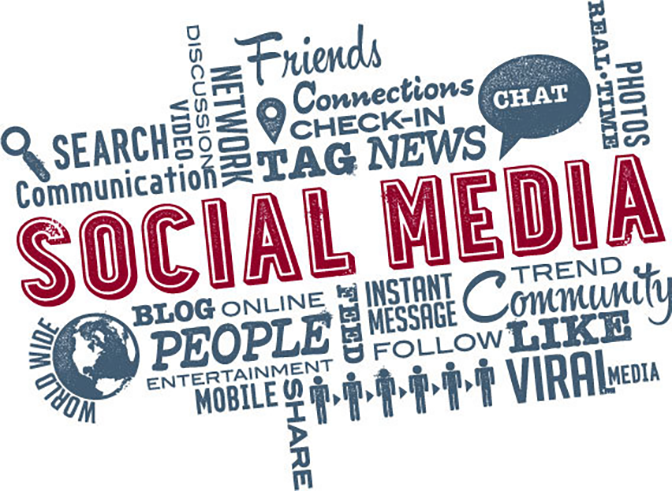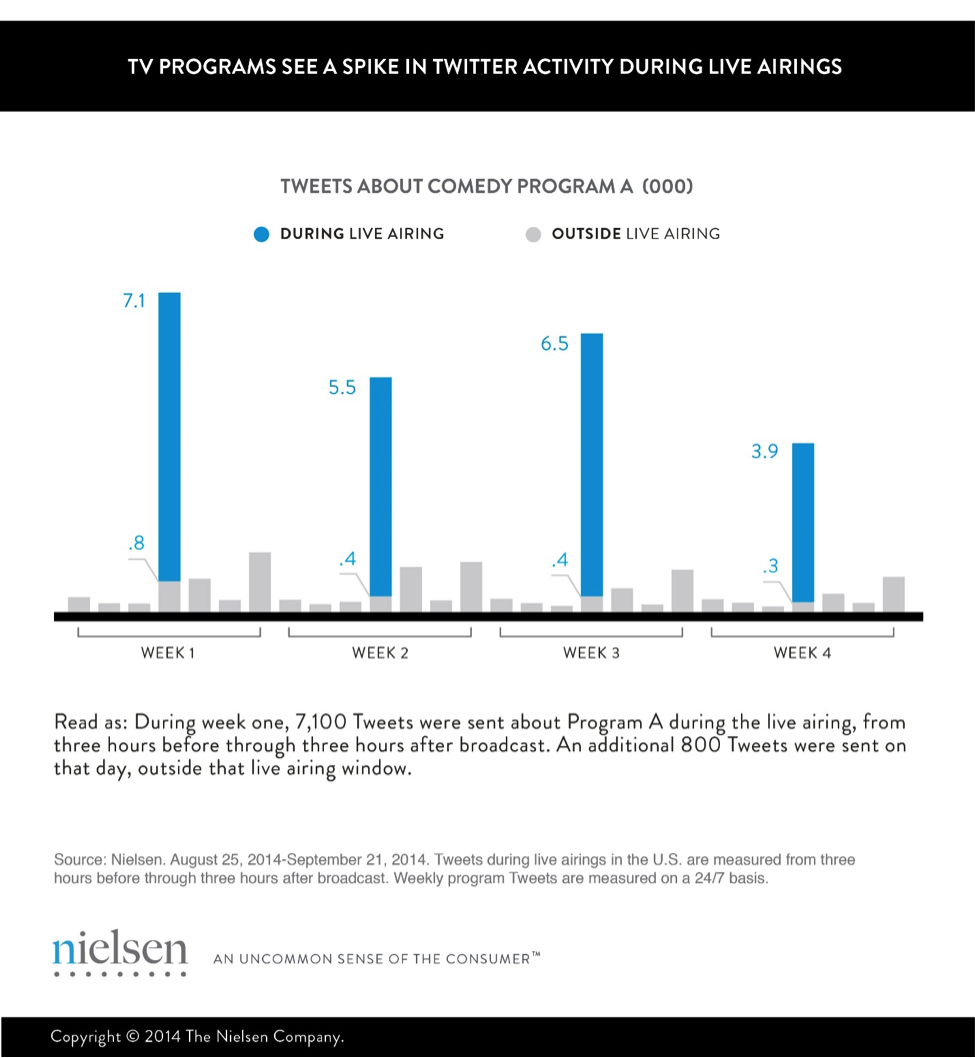Engaging TV Audience with Social Media: Statistics and Opportunities

Studies show that the TV audience’s size and engagement are highly correlated with the audience’s social media activities about the show. Recent data also show that time-shifted viewing of TV programs is on the rise. Together, these factors are creating new opportunities for the broadcast industry.
Nielsen has published many studies about the effect of social media on TV audience engagement. It has been observed that people tweet more about highly rated programs, and additional tweets in turn drive up the rating of the show. A Nielsen study shows that live TV ratings influenced tweets related to 48% of TV programs, and conversely, a higher volume of tweets significantly influenced live TV ratings for 29% of programs. Another study revealed that Twitter activity is 79.5% correlated with audience engagement in terms of emotion, memory and attention. Yet another study found that eight factors (audience size, audience age, broadcast/cable delivery method, premium/ad-supported monetization, language, drama/non-drama category, reality/non-reality category and duration of program) explain 67% of variance in Twitter activity, although audience size alone explains 51% of it.
Another aspect of the media consumption is that time-shifted viewing has been increasing. A blog post by a Rentrak’s Chief Research Officer states that DVR and VOD consumption increased by 34.6% over the last year. A different study found that 50% of the 18-34 year-old audience viewed the shows in the seven day window after the live airing. The same study also reveals that programs with high social-media characteristics draw 36% more time-shifted audience.
A Nielsen study also found that people tweet about a program before and after the airing of the program. Figure 1, borrowed from that study, shows how Twitter activity is spread around the live airing time.

Experimentation with the combination of TV and social media has already been under way. In September 2013, WRAL-TV experimented with the idea by airing a documentary on TV and simultaneously engaging the viewers with live interaction on social media. WRAL-TV not only exceeded their goal in Twitter participation but also demonstrated that a local TV station can start a national conversation with local program. Collaborative research between Microsoft and Nielsen showed that ad placement in social episodes is five times more effective in terms of earned media. Today virtually all the networks use some kind of social-media analytics to optimize their programming.
A startup that is trying to capitalize the audience’s inclination for social engagement is GOPOP.TV. Instead of using real-time tweets, which could be spoilers, GOPOP.TV uses comments and annotations that are synced with the show. For example, comments made by a viewer’s social circle about a scene in a movie will not be displayed until that scene is displayed. This approach might solve the spiky nature of Twitter activity shown in Figure 1. The comments are always fresh for the new viewer in this case, and viewer engagement is always as high as in the case of live airing. Figure 2 shows how the comments are displayed in GOPOP.TV environment.

Social media tools have created new opportunities for audience engagement and program optimization. Networks and advertisers can, before the airing, reliably predict how social and engaging a new program will be. This will in turn help them gauge the efficacy of paid advertising and the potential for earned advertisements. Social media data also helps optimize the programming. This blog explored potential uses of Twitter’s real-time tweets and GOPOP.TV’s proprietary time-shifted comments. These examples are only tip of the iceberg, however. The full potential of the social media engagement has not yet been unlocked. Broadcasters should pay attention to social media evolution and actively look for new innovation opportunities.

